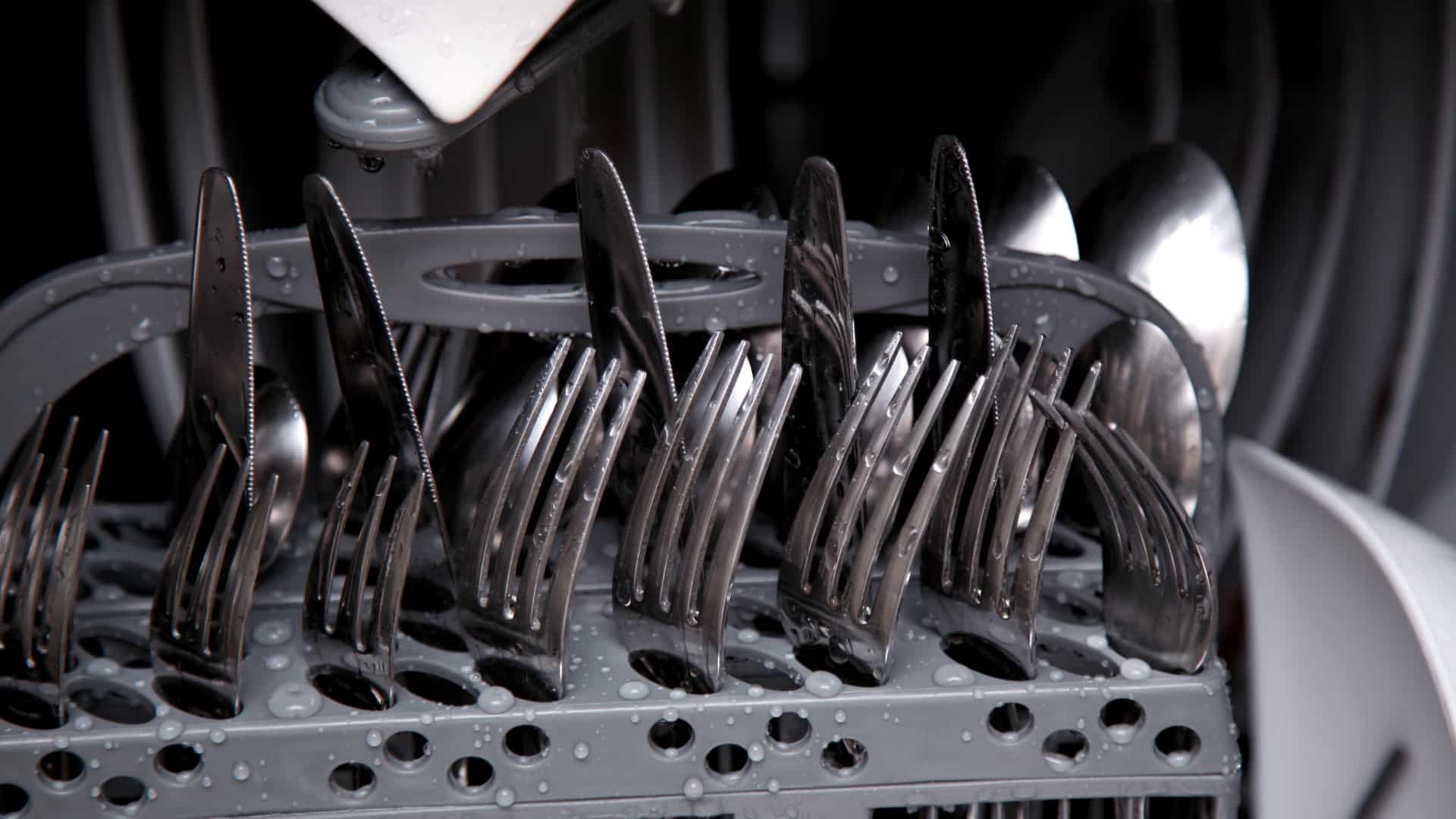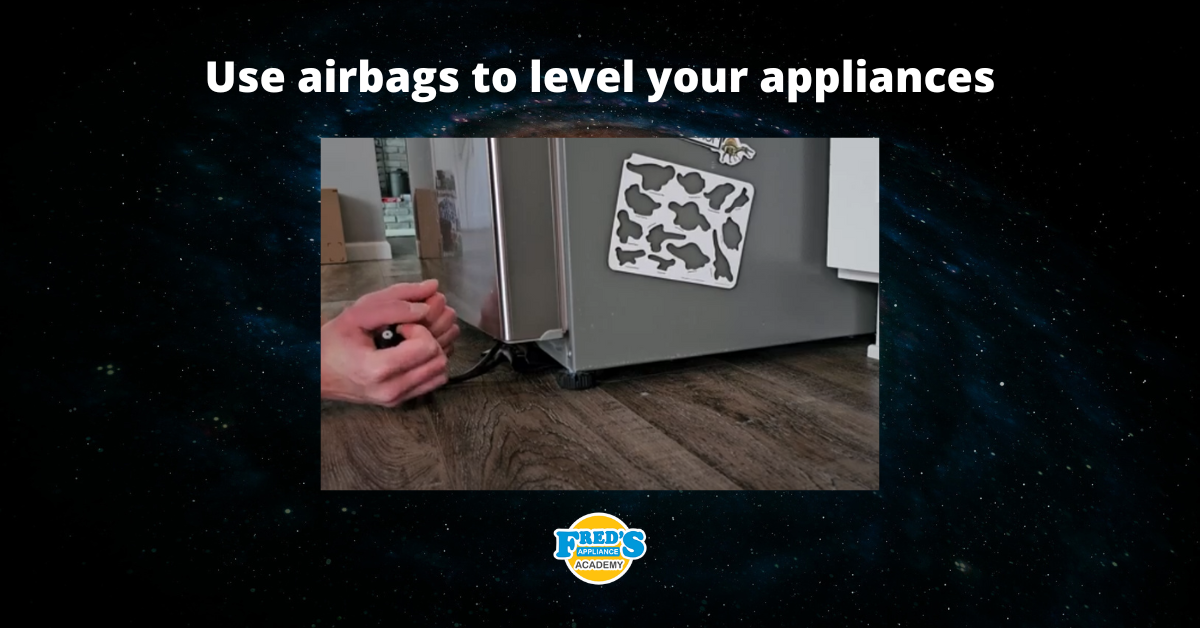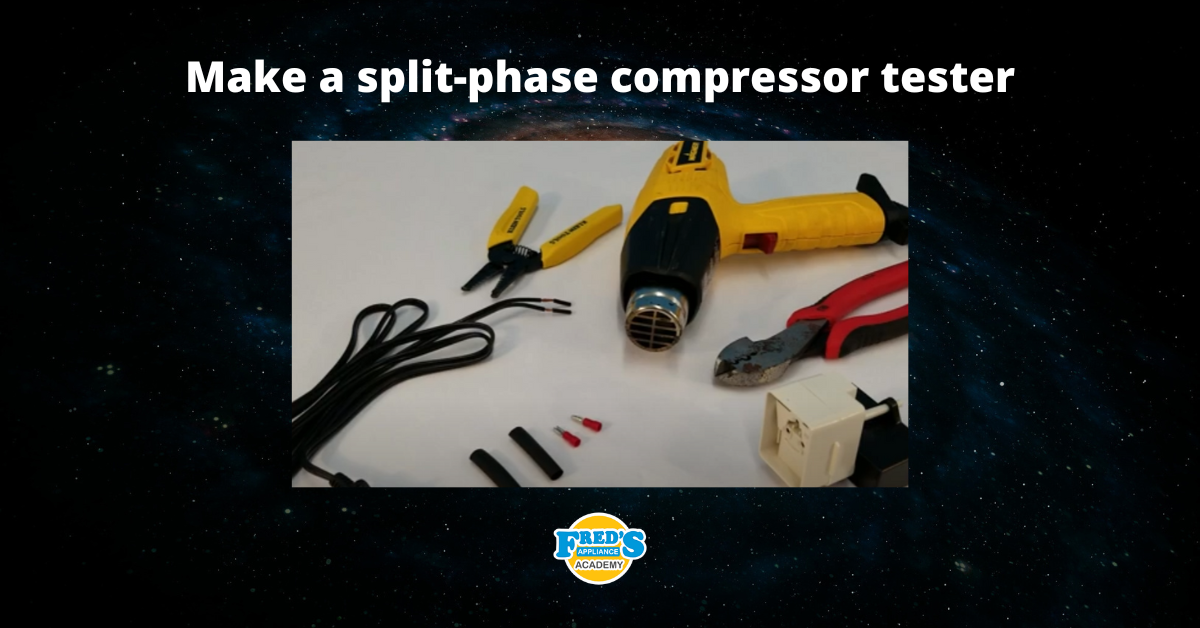
Understanding what each error code means on your KitchenAid Dishwasher can help you identify potential problems quickly so you can take action before they become serious issues down the line. With proper diagnosis and maintenance you’ll be able to keep your kitchen appliances running smoothly for years to come.
KitchenAid dishwasher models
- KitchenAid KDTE334GPS
- KitchenAid KDTM404KPS
- KitchenAid KDPE334GPS
- KitchenAid KDTE234GPS
- KitchenAid KDTM354DSS
- KitchenAid KDTE104DSS
- KitchenAid KDTM804ESS
- KitchenAid KDTE204KPS
- KitchenAid KDPM604KPS
- KitchenAid KDPE234GPS
Understanding your KitchenAid dishwasher error messages
When your KitchenAid dishwasher isn’t running as it should, you may notice an error code on the display. These codes can range from simple problems like a door latch issue, to more complex ones like a faulty motor. Understanding what each of these codes mean and how to fix them is essential for proper maintenance of your dishwasher.
Error code F6E6
This error code indicates that there is a water temperature issue with the dishwasher. To resolve this issue, check the water supply line and make sure it is not blocked or kinked. Additionally, ensure that the temperature setting is adequate for washing dishes and not too hot or cold. Finally, check the thermostat and ensure it is working properly.
Error code F8E2
This error code indicates that there is a problem with the drain pump of the dishwasher. To resolve this issue, check to make sure that the drain hose is securely connected to both the sink drain and dishwasher drain pump. Additionally, check for any blockages in both ends of the hose or any kinks in it that could be causing an obstruction in draining water out of your dishwasher.
If none of these solutions appear to work, call an appliance repair technician for help resolving this error code as they may need to inspect and replace parts within your dishwasher’s drain pump system.
Error code F9E4
This error indicates that there is a problem with the lower spray arm. To resolve this issue, check if there are any obstructions in the spray arm. Debris can often get stuck in the lower portion of the dishwasher and stop it from turning. Additionally, smaller food particles can get in the spray holes, blocking water from flowing out of the arms. Finally, if nothing is obstructing the spray arm, check the wiring to the lower spray arm motor. If these are intact, try replacing the spray arm to see if this solves the issue.
Error code F5E1
This error code indicates that there could be a problem with the door switch. This error code also appears if the door is not closed within 4 seconds of pressing the start or resume button. If after turning your machine on and off with the door closed the error code remains, then there is likely a problem with the door switch.
To check this, unplug the washing machine from the power source and find the door switch. The door switch is usually located on the inside of the washing machine’s door frame. Once you’ve found it, have a look for any visible signs of damage or wear, including cracks or broken wires.
You can also use a multimeter to test the door switch for continuity. Set the multimeter to the ohms setting and touch one probe to each terminal of the door switch. The meter should show a reading of zero ohms if the switch is functioning properly. If the meter shows infinite ohms or a reading that is significantly higher than zero, the door switch is likely defective and will need to be replaced. At this stage it is best to consult the washing machine’s user manual or with a professional technician for instructions on how to replace the door switch.
Error code F4E3
This error code indicates that your dishwasher’s control panel needs to be reset. Resetting the dishwasher control panel is akin to the process of resetting a computer to troubleshoot problems. To carry out this reset, disconnect the dishwasher from the power source for one minute. In case of a plugged-in dishwasher, unplugging it for one minute and then plugging it back in is sufficient. For a hard-wired dishwasher, turning off the breaker for one minute at the home electrical panel that powers it and then switching it back on should do the trick.
Error code F6E3
This error code indicates that soap or suds have been detected in the dishwasher. Soap suds can build up in the dishwasher if you use too much detergent or the wrong type of detergent is used over time. To prevent this from happening, only use a tablespoon or two of dishwashing detergent per load of dishes. You should also make sure that you’re using a dishwasher-safe detergent.
If you’re still having trouble with soap suds, there are a few ways to get rid of them in the dishwasher. You can use a vinegar solution, run the dishwasher on a hot cycle, or use a commercial degreaser to solve this issue.
Error code F6E4
This error code indicates that the dishwasher is not leveled properly. The first thing to do to level your dishwasher is to turn off the power supply to it and turn off the water supply valve. After this, open the dishwasher door and remove the bottom rack to access the leveling legs. Check the level of the dishwasher by placing a carpenter’s level on the bottom of the tub.
If the dishwasher is not level, you will need to adjust the leveling legs. You can adjust the legs by turning them counterclockwise to lower the dishwasher, or clockwise to raise it. After each adjustment, use the carpenter’s level to check the level of the dishwasher. Once the dishwasher is level, tighten the locking nuts on the leveling legs to secure them in place.

How to test a gas range ignitor

Congrats to our graduating March 2024 class

How to test a 120 volt receptacle

Congrats to our graduating February 2024 class

Why Is Your Dishwasher Soap Not Dissolving? (5 Easy Fixes)

Refrigerator Dripping Water Inside? 5 Quick Fixes

Appliance Industry 2023 Q4 Results

Congrats to our graduating January 2024 class

Clever ways to use airbags to level your appliances



